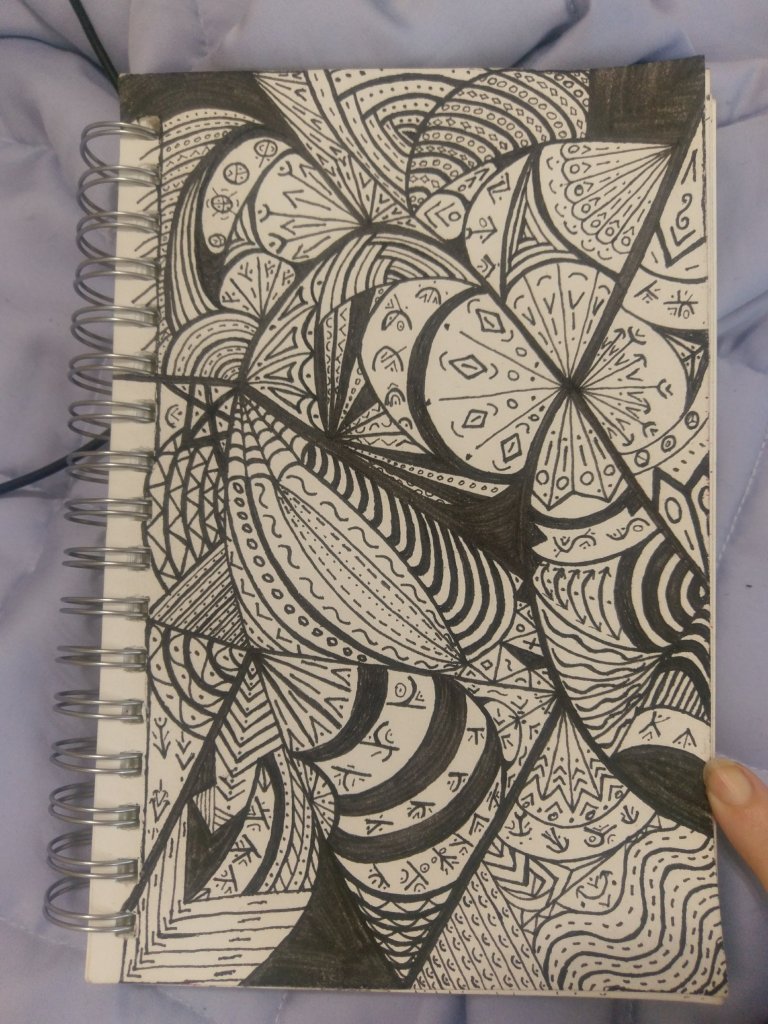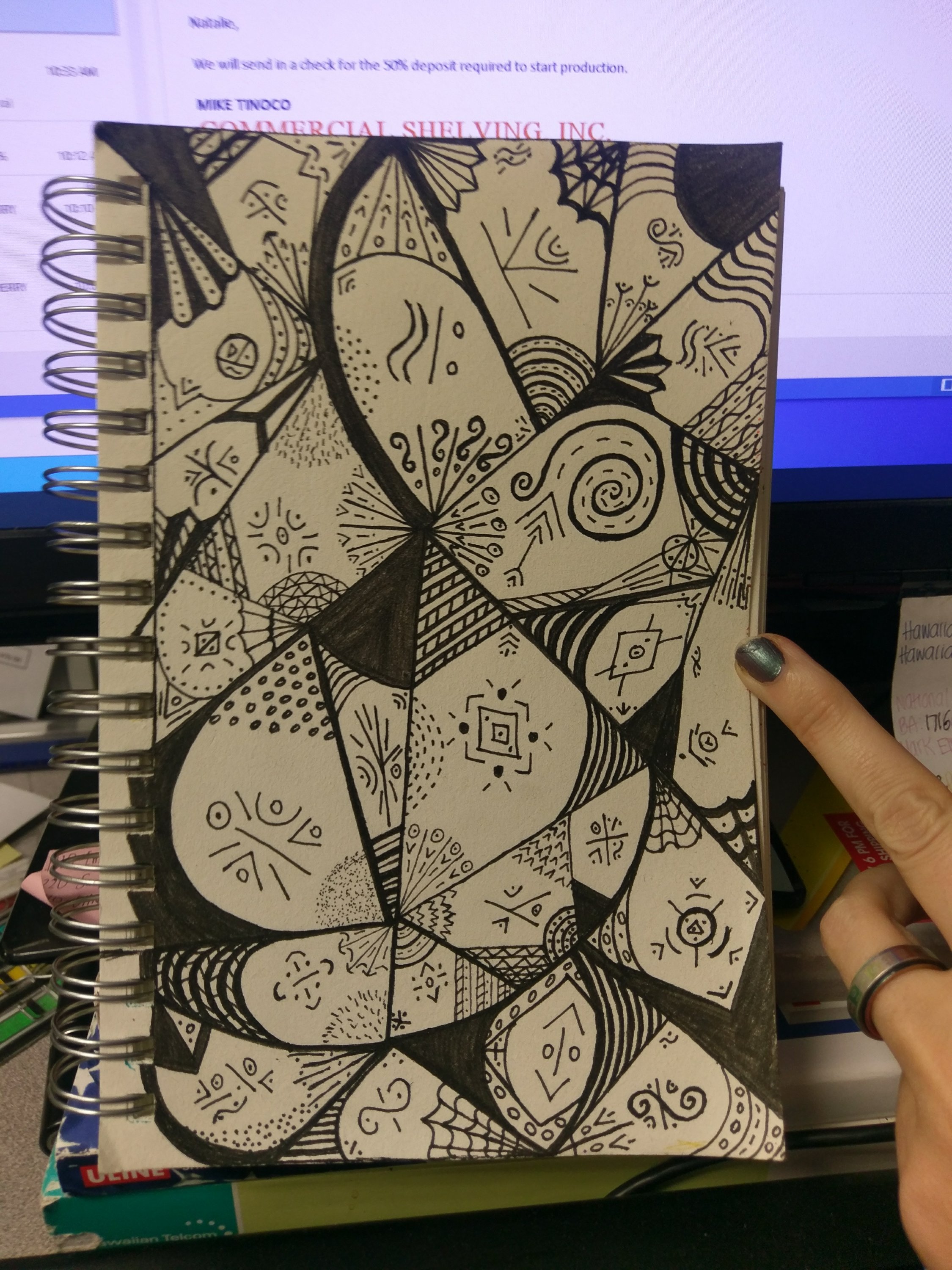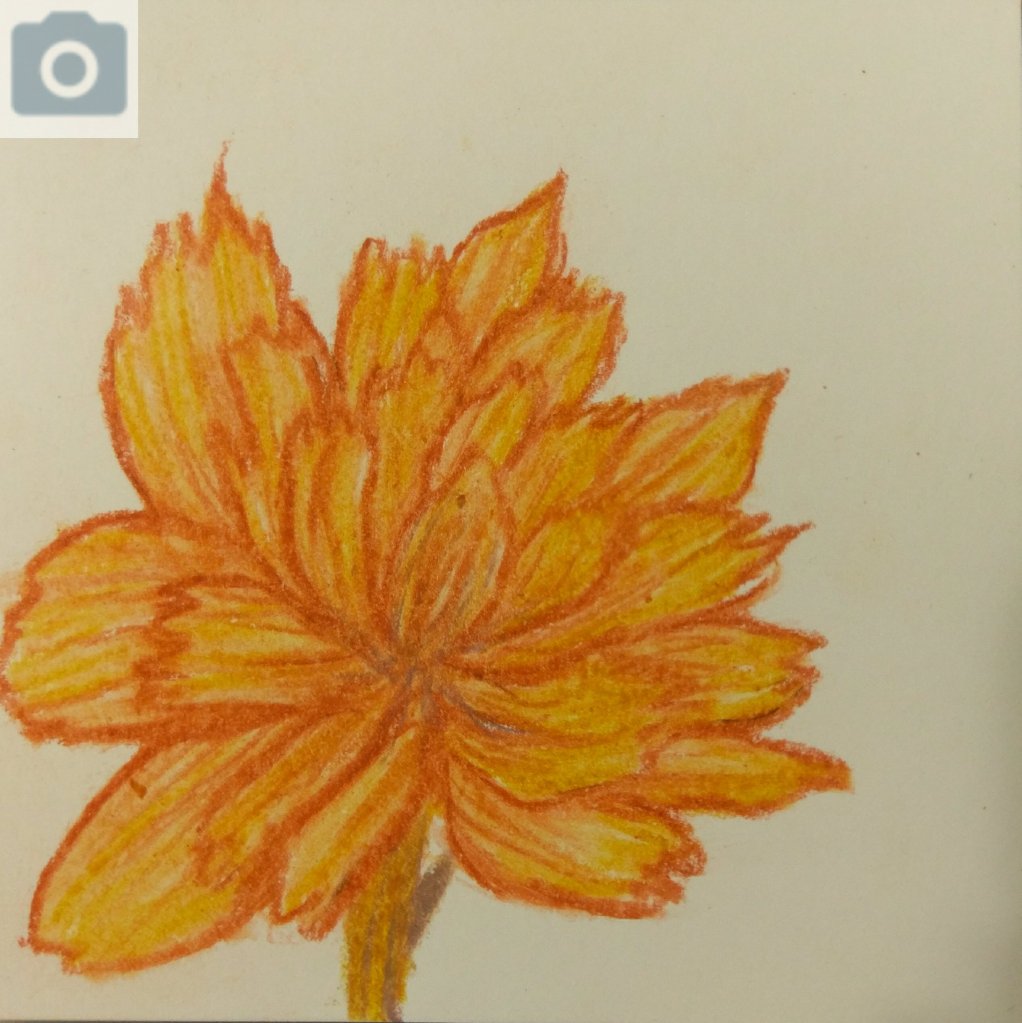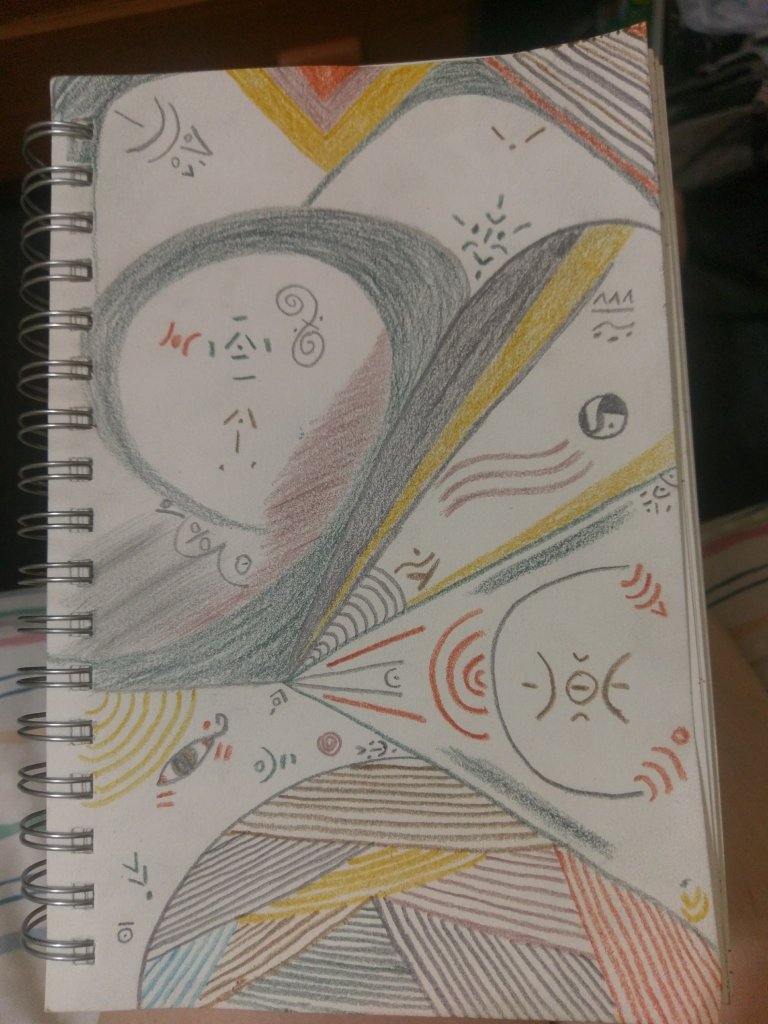Some time ago I did a lesson on meditation for a multi part series. Recently I decided to update it for posting here in a parallel series to my ongoing Bug restoration. This will develop and dig deeper into each section but starts with an overview of the class as I wrote it.
Meditation is something used to some extent by most paths, practices, by many religions, and many people outside of religion. I am going to briefly cover what types of meditations are used and describe some of them. I will have a more detailed descriptions of a few, especially those I personally use or have received instruction in. If you know more about any of them, please share, none of us know everything about all of them or even any of them. This is a foundation and general information designed only to fuel imagination, interest, and understanding to prompt further research and experimentation. Meditation is intensely personal for many people and should be understood in that context. Also, it is an incredibly old practice with a lot of varied research attached both for and against. There is a lot of history and cultural relevance to the many forms of meditation. My personal forms are a blend from the cultures that have impacted my life, just as my blood is blended and my path is blended, they are very specific to where I am and what I am doing.
A complete meditation practice will combine active and passive forms. How often you should do it is discussed in every practice but it relies on your ability to know when you need it and your dedication to a consistent practice. You are best able to know the state of your self. frequent and regular is best, but do not berate or punish yourself for your available time and focus. It is something that develops itself with use. Consider short but frequent sessions interspersed with fewer long sessions that allow you to fully immerse in the experience. you will find more time for it when you are doing it regularly. Be consistent but be open to life and self, doing otherwise is counter to the very process.
So what are the types of meditation?
Note, that there is some overlap between the categories I list here and this is not exhaustive but most others will still fall within one of these. These are broad and cross lines so they are only a starting point.
Eye open meditation.
These include gazing (including candle) and most active meditations. A common one you may recognize is zentangle.
Active meditation.
These include walking, Tai chi, yoga, work, gardening, repetitive action, swimming, art, doodle, writing, chanting, dance, martial. When considering the mental state these also include guided, sound, chant, and other focused and directed forms of meditation. This section is pretty self explanatory and you can see how these will overlap into other categories.
Focused attention.
These include sound, manta, zazen, Loving Kindness, Chakra, Kundalini, Pranayama, some forms of Qigong, guided, spiritual, Primordial Sound, tea, visualization, mandala, Heart Rhythm, and chant. You may know gong or bowl meditation, or guided meditations, but most people will recognize the chant meditation form. Many awareness exercises and mindfulness exercises fall into this category.
Open Meditation.
observation of thought or function of self, mindfulness, Vipassana, some types of Taoist, Heart Rhythm, and Yoga Nidra. This can be a hard one to pin down in the mind of many people but is actually widely used on a small scale. Most types, if not all, will also fall into another category.
Blank or effortless.
Self-Enquiry (“I am” meditation) of Ramana Maharishi; Dzogchen; Mahamudra; some forms of Taoist, some advanced forms of Raja Yoga, Choiceless Awareness, and Pure Being. Probably the clearest way to describe this is the open becoming one with the true nature and true being. There is a focus on the true nature but you are not focused, you are open. It is not empty mind meditation but it can sound like it at times. Some people include empty mind in this category and make the distinction on the deeper levels of understanding.
Note.
I do not personally recommend the forms of meditation that use mind-altering substances. The practice is to develop your awareness, your self, your connection, your peace, your focus. The use of mind-altering substances in other practices or trances has a long history and purpose but in this case of regular practice to develop and clear yourself it is not in my observation conducive to the purpose you are working toward. There are descriptions of those methods available elsewhere if you are interested, I will not be discussing them here.
So, what is the base difference in some of these forms of meditation and why would you choose them?
Think of the focused forms that have you focusing on a specific thing, be it a word, idea, breath, action, object, whatever, they are a form of concentration and focus development. They calm the mind by focusing all processing on a single thing. All sensation is focused on one thing. All emotions are focused on one thing. It is openness through a calm developed out of repetition and attunement. A sound will resonate in your body and mind. A light will fill your mind as you look at it and feel it. A word will fill your consciousness through your focus. Each of these allows you to develop the empty mind, the focus, and the peace by allowing you to learn how to let sensations and thoughts pass unhindered and without impact. The mantra stills the normal discourse of the mind and resonates in you. You are detaching from the external world through focus on something like a mandala. Art is used in many focused meditations and active meditations.
Mindfulness, empty mind, Vipassana, and observational meditations are different in that they are not focused. they are open and observing everything that occurs. they observe and release all thoughts, sensations, emotions, and responses. They are for many a development from the focused forms. You are being present in yourself and in the awareness of what is happening in yourself. Some medical practices teach these forms for pain management. Zen and empty mind are emptying your mind and sensation. You are not so much being aware of these things as letting them go. You are working to have the state of emptiness and openness not impinged on by thoughts, sensations, emotions, actions, not by anything internal or external. Vipassana does focus on breath but not in the same ways that the more focused forms do. It is a focus in order to empty. A distinction not clear without feeling it. You are, in these forms, detaching both from the external world and from your response and judgments of things. You let thoughts and sensations go without judgment or response, and clear your mind by not focusing or judging. They often start focusing on breathing to reach the state of empty calm.
Active meditations can be focused, blank, open, and may be done either eyes open or closed. Active meditation first bring to mind such things as walking, yoga, tai chi, dance, or other full body activities but they can be painting, drawing, writing, washing, cleaning, and any number of other things. If you have trouble with the stillness of some types of meditation, active meditation may give you a place to start but it is usually recommended as a later stage not a starting point. It is a later step to draw your whole being into the process in a new way. It is very important o stay focused and clear and not be drawn away by your body, surroundings, or the activity. An active meditation can be a good start in many ways but it can be hard to work on the completeness of the experience using these forms.












